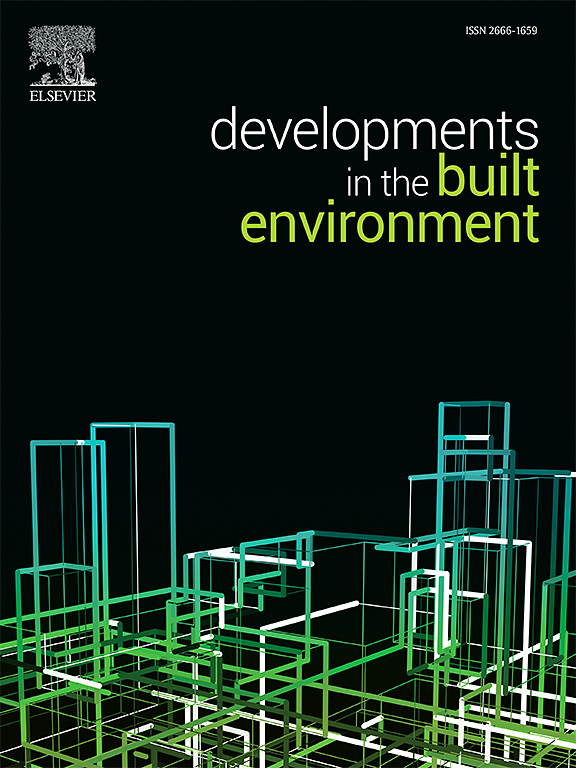Bridging the gap: aligning research, industry, and EU regulations to accelerate implementation of alkali-activated binder based concretes under the EU green deal
IF 6.2
2区 工程技术
Q1 CONSTRUCTION & BUILDING TECHNOLOGY
引用次数: 0
Abstract
The European Union's goal of carbon neutrality by 2050, supported by the European Green Deal and Construction Product Regulation (CPR), is leading to significant changes in the construction sector. This study examines the impact and challenges of these regulations on alkali-activated binder (AAB)-based concretes, highlighting misalignments between research, industry practices, and regulatory requirements. While AABs are identified as innovative low-carbon alternatives to Portland cement, their adoption is hindered by non-standardized Life Cycle Assessment methods, inconsistent environmental data, and limited industry integration. The findings reveal that current environmental data fail to meet upcoming CPR requirements, emphasizing the need for harmonized methodologies and standardized reporting. This study underscores the importance of aligning researchers, industry, and policymakers by introducing concrete measures to bridge these gaps, reduce compliance costs, and improve data transparency. Such efforts are critical to accelerating AAB adoption and ensuring the construction sector transitions to carbon neutrality while maintaining economic competitiveness.
弥合差距:根据欧盟绿色协议,协调研究、工业和欧盟法规,加快碱活化粘合剂混凝土的实施
在《欧洲绿色交易和建筑产品法规》(CPR)的支持下,欧盟到2050年实现碳中和的目标正在导致建筑行业发生重大变化。本研究考察了这些法规对碱活化粘合剂(AAB)基混凝土的影响和挑战,强调了研究、行业实践和监管要求之间的错位。虽然AABs被认为是波特兰水泥的创新低碳替代品,但其采用受到非标准化生命周期评估方法、不一致的环境数据和有限的行业整合的阻碍。调查结果显示,目前的环境数据未能满足即将到来的CPR要求,强调需要统一的方法和标准化的报告。本研究强调了通过引入具体措施弥合这些差距、降低合规成本和提高数据透明度来协调研究人员、行业和政策制定者的重要性。这些努力对于加快AAB的采用,确保建筑行业向碳中和过渡,同时保持经济竞争力至关重要。
本文章由计算机程序翻译,如有差异,请以英文原文为准。
求助全文
约1分钟内获得全文
求助全文
来源期刊

Developments in the Built Environment
Multiple-
CiteScore
7.40
自引率
1.20%
发文量
31
审稿时长
22 days
期刊介绍:
Developments in the Built Environment (DIBE) is a recently established peer-reviewed gold open access journal, ensuring that all accepted articles are permanently and freely accessible. Focused on civil engineering and the built environment, DIBE publishes original papers and short communications. Encompassing topics such as construction materials and building sustainability, the journal adopts a holistic approach with the aim of benefiting the community.
 求助内容:
求助内容: 应助结果提醒方式:
应助结果提醒方式:


